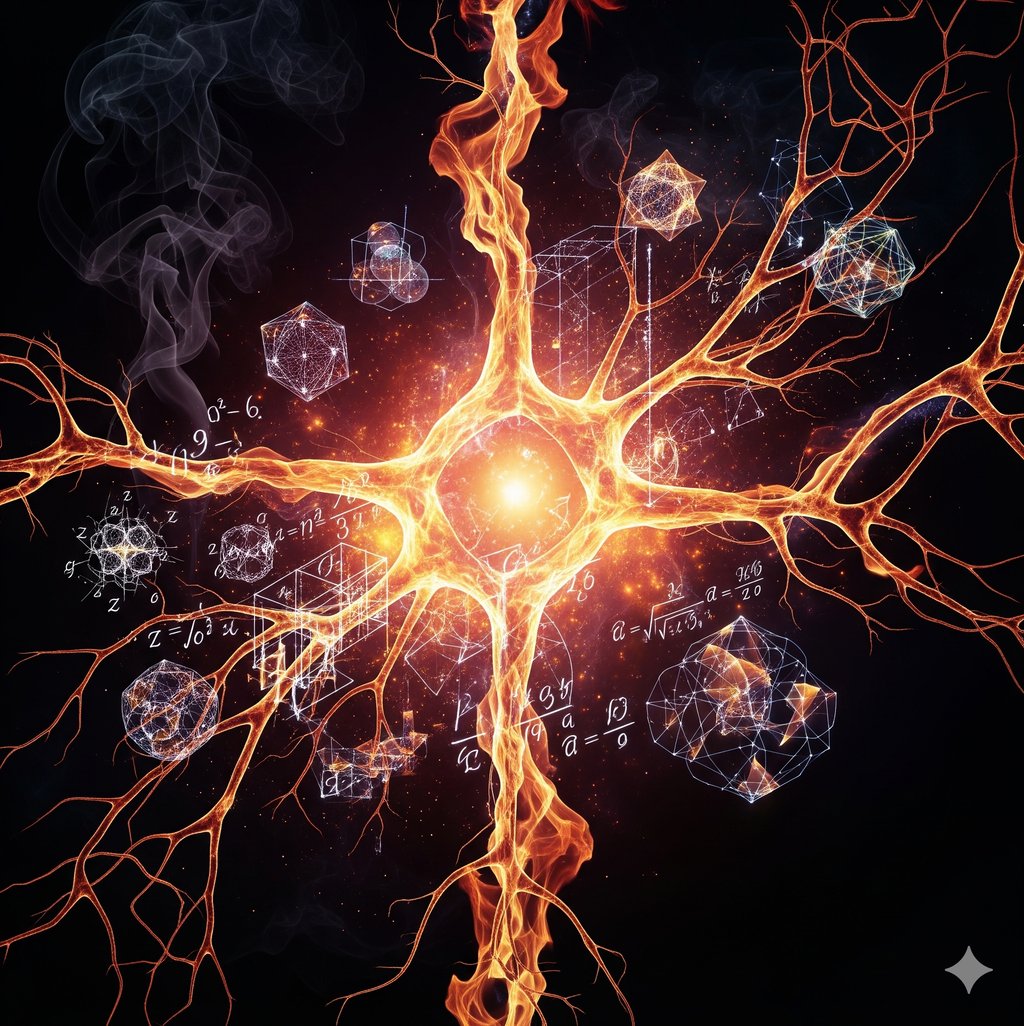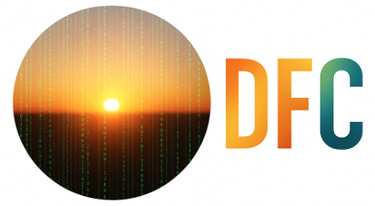The Math Behind AI: How Language Models Learn
How probability, statistics, and calculus come together to bring seemingly intelligent language models to life?
ARTIFICIAL INTELLIGENCE JOURNEY
10/6/20253 min read


The Code Behind the Chat: The Essential Mathematics Powering Generative AI (LLMs)
Have you ever stopped to consider how Artificial Intelligence (AI) is transforming the way we work and communicate? Generative AI, like ChatGPT, has become a significant and impactful part of our daily lives. We now use this technology in a variety of contexts to create text, code, and even images in creative and innovative ways. However, have you ever wondered how this seemingly magical technology really works behind its user-friendly interface? The true answer lies in mathematics. Behind the interface we interact with, there is a complex universe of sophisticated algorithms and equations that allow Language Models to learn, understand, and generate text with surprising fluency.
This article will unpack the main mathematical concepts that sustain Generative AI. We will explore in detail how probability, statistics, and calculus unite to give life to language models that appear to possess intelligence. By understanding this mathematical foundation, you not only demystify the technology but also begin to grasp the incredible potential and limitations of the systems capable of generating texts like the one you are reading right now. Prepare for a fascinating journey that connects the abstraction of numbers with the creation of intelligent and well-crafted text.
Neural Networks: The Mathematical Foundation of AI
At the heart of Language Models, such as Large Language Models (LLMs), are neural networks. These complex structures are inspired by the architecture of the human brain and are composed of layers of mathematical "neurons" that process information efficiently. Mathematics comes into play at every step of the learning process, from data input to the final output, allowing the model to understand nuances and contexts of the information.
The first crucial concept we need to understand is the vector. Words are not merely processed as verbal text; they are represented as numbers, or rather, as numerical vectors within a high-dimensional space. Each word, like "cat" or "computer," is represented by a vector that captures its meaning and its relationship to other words in the same semantic sphere. The proximity of these vectors in mathematical space indicates the semantic similarity between words, which is fundamental to the AI's ability to comprehend and generate coherent language.
The Magic of Probability and Statistics in Text Generation
One of the most common questions about language models is: how do they "know" what word comes next? The answer to this intriguing question is probability. During training on vast amounts of text from the internet, the model learns to calculate the probability that one word will follow another in a given context, enabling authentic and reliable predictions.
Let’s look at a simple example: in the sentence "The sky is...", the model doesn't "think" the next word should be "blue" by intuition, but rather calculates the probability of every possible word being the next. Based on the training data fed into the model, the probability of "blue" being the next word is very high, while that of "pineapple" is practically nil. Therefore, the model makes its choice based on the word with the highest probability, thereby generating a text that makes sense and is coherent.
The Role of Calculus in AI Learning
But how does the model adjust these calculations over time to become increasingly accurate? This is where calculus comes into play, specifically in an essential concept called gradient descent. This concept is fundamental to the learning of language models, as it continuously seeks to improve the accuracy of the system's predictions.
Think of the learning process as a game of "hot or cold." The model makes a prediction (e.g., the next word), and then mathematics evaluates how "wrong" that prediction was. This "error distance" is measured by a loss function. The primary goal of the model is to minimize this loss function to the greatest extent possible.
Gradient descent is the algorithm that finds the "path" to the lowest point (the minimum error) of the loss function. It calculates the gradient, which essentially indicates the direction and the "slope" of the error, and iteratively adjusts the weights (the model's internal parameters) to move in the opposite direction—that is, toward the smallest error. This is a process of optimized trial and error, repeated billions of times, which allows the model to continuously learn and improve its text generation capabilities.
Conclusion: From Numbers to Meaningful Text
The intelligence behind Large Language Models (LLMs) is not magic; rather, it represents the result of a solid and well-structured mathematical foundation. Vector representation transforms words into numbers, probability enables the efficient prediction of the next word, and calculus optimizes learning so that the model becomes progressively more accurate over time.
Understanding these concepts helps us appreciate the complexity and power of AI. Instead of being an incomprehensible "black box," the revealing mathematics shows us that a language model's ability to create coherent and relevant texts is a logical consequence of sophisticated calculations and well-crafted algorithms. Continue exploring this fascinating intersection between technology and exact science, and you will be ahead in understanding the AI revolution.
Innovation
Technology and Digital Transformation.
contact us
Apprenticeship
digitalfuturechanges@gmail.com
© 2025. All rights reserved.
